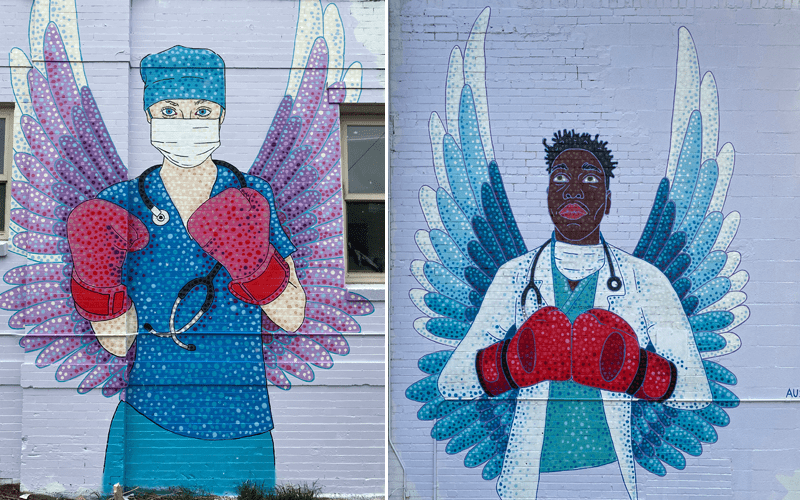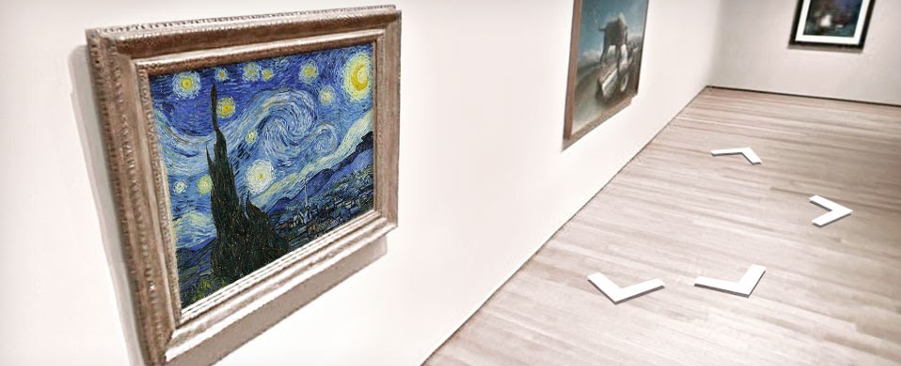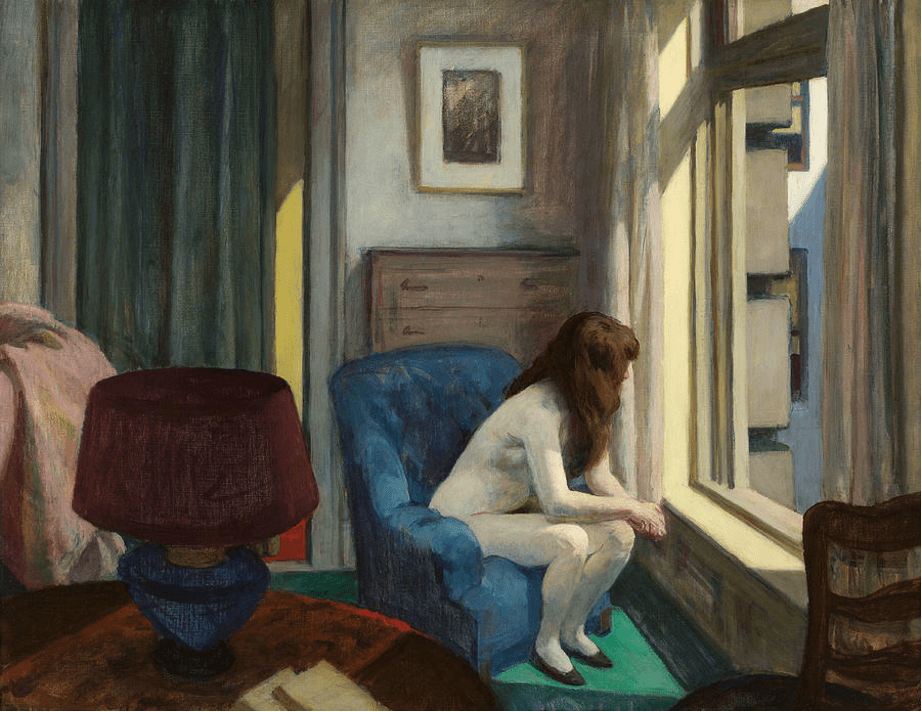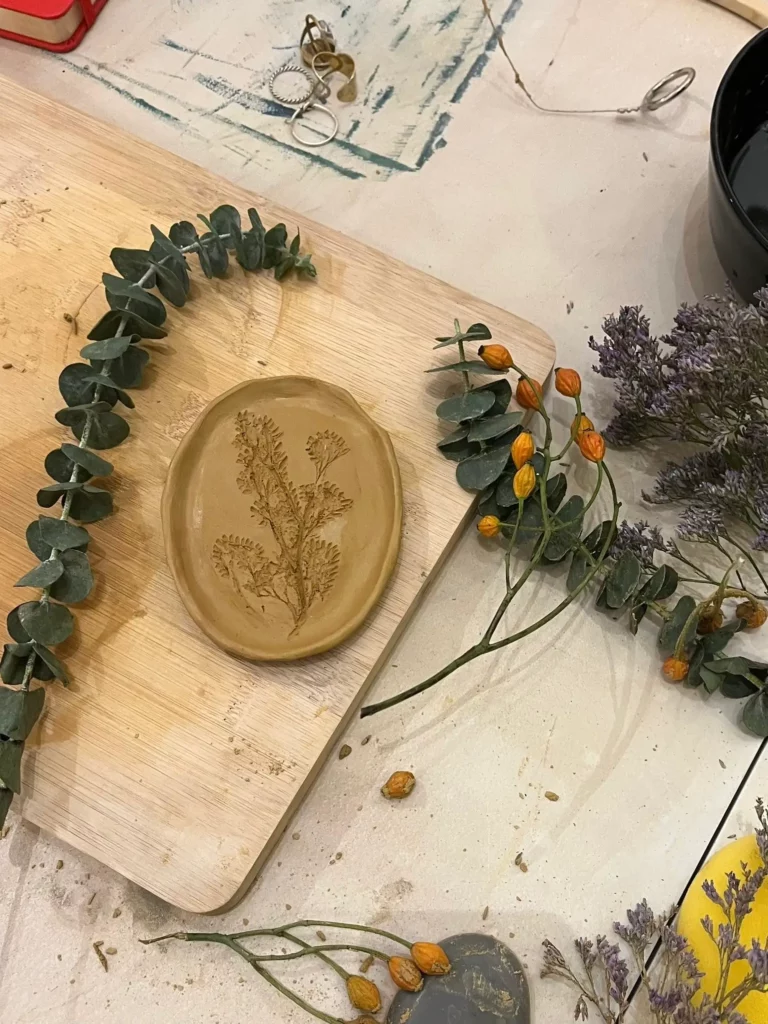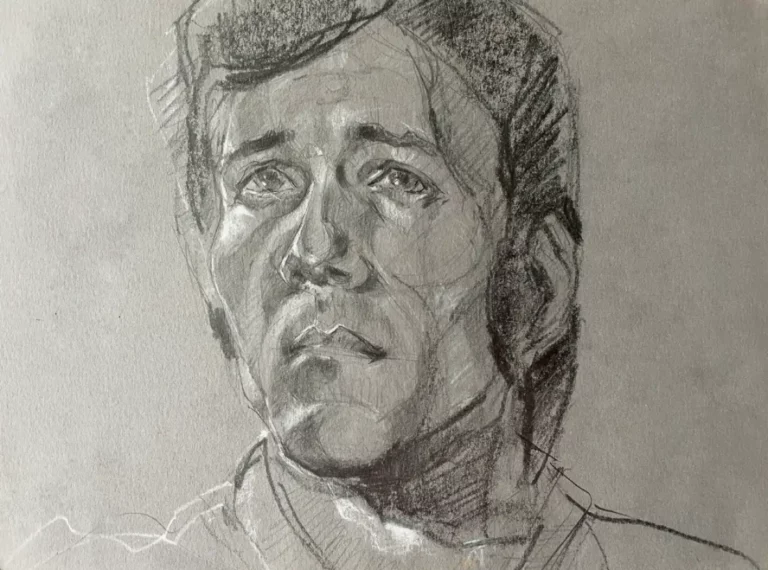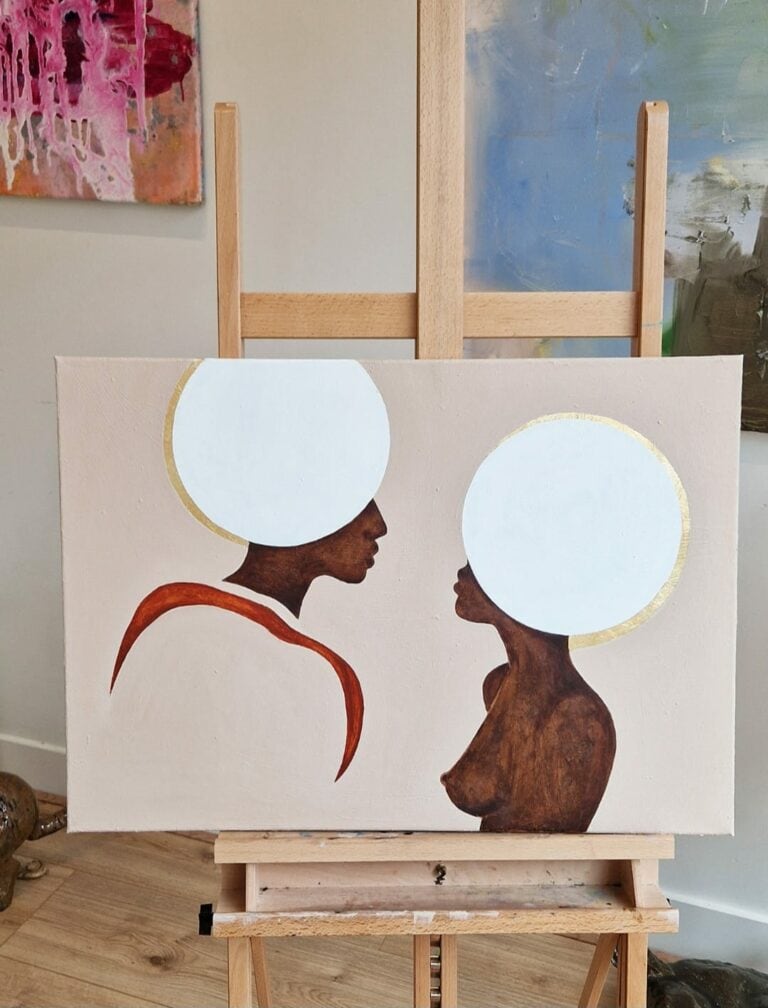
3 November 2021
A year in review: Art in the Time of Covid-19
In a way, it is impossible to deny that for some time, art had always been a somewhat underrated medium: science, politics, and other matters seemed to be more relevant. Fortunately, times have changed a lot since then. Also, there is a before and after of art in the time of Covid-19.
The pandemic showed us the importance of art on health, economic, social, and politics. People discussed the possibility of the government using COVID-19 as a weapon to control and manage the population. For this reason, we now hear words like “art will save us all,” alluding to the rebelliousness of artists who are not silent about it.
Always defiant to tragedies of all kinds, like the Spaniards with flamenco when they defied Francoism; art in the time of Covid-19 has its way of transcending into history.
Noted; most people who commented are not artists. Today, more than ever, art became a medium more respected, sought after, and consumed by the masses. Many have even decided to dabble in art as a means of unburdening themselves amid the COVID-19 quarantine.
Mural by Austin Zucchini-Fowler
Art reflects the concerns and worries of a generation and those of the personal and intimate world; thanks to it, it is possible to understand the being who sees or creates himself. Both the one who makes and the one who consumes art are in constant dialogue, and that is why the transmission of ideas, thoughts, or facts occurs from works that take the title of “art.”
In times of pandemic, this discipline has gained specific relevance. However, it is true that not more than the scientific one, since it will not save us from the coronavirus, but it will save us from its possible reprisals at a mental or spiritual level.
Being that art does not cease, for his part, the artist David Hockney, for example, who is confined by quarantine, launches a hopeful statement to the world along with paintings that he makes digitally on iPad, which he titled “Remember that they cannot cancel the spring.” Through this premise, he also embraces the constant flux of the world and nature, which dispenses with human beings and welcomes the new art trends in the time of Covid-19.
The artist reminds us that not everything that is experienced today is tragic. Looking at the other side of the coin also, makes us aware of the complexity of the world and our passage through it.
Artists who used to find or work their art outdoors have now returned to the studio, where they explore current themes while experimenting with other media. In contrast, creatives of younger generations have made smartphones and social networks their canvas and brush.
2020 will also have been a year in which we have been thrust into a world of screens. Museums have also joined the new trends of art in Covid-19 by taking refuge in the online universe, offering virtual content, with resources and tours of their halls that seem to be here to stay. But will they still be free in a post-pandemic world? The question is on the table for institutions in need of new sources of funding. And the first to respond has been the National Gallery -closed again like the rest of London’s museums until January-, which offers the possibility of visiting the Gentileschi exhibition, with the help of its curator Letizia Treves for a modest price.
For many years, museums, fairs, and galleries reflected the art world: what needs to be changed? Is the virtual a way forward? What role will museums play in the future?
Between materiality and virtuality, physical presence is undoubtedly a great advantage for the ‘aura’ -if there is one- of the artworks and the collective experience it generates. Many museums have made an effort to show their collections online.
It is not bad, but they do not replace it. When they are well done, Exhibitions present a series of enigmas to be elucidated where the pieces or artifacts are their attractive components. That narrative, as in literature or the performing arts, invites the visitor’s participation.
But it’s not all about digital art and the digitization of classical art. A specific painter seems to have taken center stage and has been discussed more than usual: Edward Hopper, the painter of loneliness and isolation, the involuntary protagonist of a year full of tribulations.
From a more philosophical -even emotional- point of view, we are all now an Edward Hopper painting. There is no painter more current for art in 2020 than Edward Hopper. His paintings, where loneliness is present and social distance is mandatory, are almost tracings of a global reality. People are alone, very alone in some cases. Hopper was able, without pandemic, to anticipate the times, to contemplate the human soul in those moments where despair connects with hope, where the desire to belong to that outside is expressed in the look, in the intention of anxious hands that want, that yearning, that yearns, to embrace freedom.
Who these days was not, even for an instant, a work by Hopper?
Hopper was one of the great American painters of the twentieth century. His works inspired much of the pop culture we know today. Comics, books, movies, songs, and other cultural and commercial products have demonstrated this influence.
They said you could define his work in a single phrase. “Hopper paints the loneliness of man today.” Hopper’s paintings stand out for the following:
- The alienation,
- The loss of identity,
- The loss of characters,
- The impossibility of communication,
- And the anguish this provokes.
We could say that Hopper paints silence. He paints cities that are a desert. Natural spaces become scenarios that seem to be part of a dream—mysterious and disturbing scenes, like silent nightmares.
Thus, the artist did not portray the nightlife or the luxurious life of the big cities, much less the green and abundant landscapes of the surrounding roads and fields. He chose to immortalize the economic and social crisis with abandoned factories, empty gas stations, or isolated people. This was a consequence of the stock market crash of 1929, which marked the history of the United States and Edward Hopper’s work. Something similar to what has been happening since 2020.
In the city or the country, Hopper’s works are a mirror of contradictions and inner life. Not all his characters live in limbo of loneliness. The lost looks, those fallen arms, are often closer to thought, trance, and reflection that should not be taken as sadness.
The multiple numbers of works with readers speak of life within life, of solitude that nourishes itself, but that at the same time is enriching. In the end, Hopper was his work, and his life was not at all an eternal wait, it was moved in search of portraying that wait. A lonely delay, in the end, like the days of coronavirus.
In short, 2020 was a rather particular year for arts. Digitalization became a trend for all sorts of crafts, Hopper was one of the most looked-after artists of the year, and many people started to see art differently.
Related Posts
Art Events
Bloom into Spring with our Flower Press Ceramics Workshop
Discover the beauty of flower-pressed ceramics in this hands-on workshop! Over two captivating hours, you'll learn to create a unique hand-built plate using dried blooms and other natural elements. Whether you're a beginner or seasoned artist, Lorena will guide you step-by-step as you explore this enchanting decorative technique.
Art Events
Portrait Drawing Masterclass: explore lines, shapes and expression
I’ll guide you through some basics of creating a portrait using pencil and some other additional materials. What is really important for you to learn is to observe and pay attention while drawing someone’s portrait. As an academically trained painter I spent countless hours improving my portrait drawing skills, which I will be very happy to share with you. Knowledge has no meaning, if it’s no shared.
Art
That’s Life – Annet van Belkom
In her newest series, That’s Life, Annet draws inspiration from the song ‘That’s Life’ by ‘Scorz’ to express the idea of life happening in cycles. The introduction of the electronic music track is accompanied by a beautiful story about life and reflects on the idea of who we are as humans and the continuity of […]




